VC2E4LA02
identify and differentiate the language of opinion, facts and feelings
- identifying ways that ‘thinking’ verbs are used to express opinions (for example, ‘I think’ or ‘I believe’) and ways that ‘summary’ verbs are used to report findings (for example, ‘we concluded’)
- comparing statements that have similar information presented through facts and opinion, for example ‘The man has 6 cats.’ and ‘The man has too many noisy cats.’
- Plus Plan

Subjective and Objective Language Teaching Slides
Teach your students how to confidently identify subjective and objective language in texts with this engaging, age-appropriate slide deck.
- Plus Plan
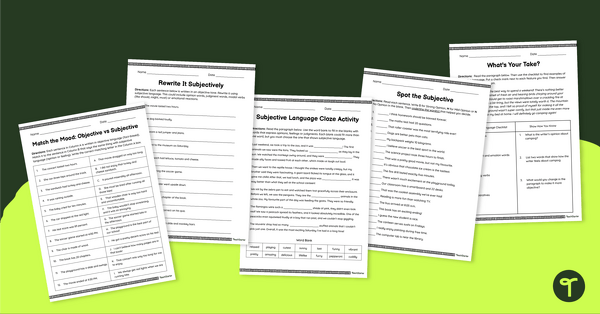
Subjective Language Worksheet Pack
Teach subjective language with these five engaging worksheets designed to help students recognise and explore how personal opinions and emotions shape writing.
- Plus Plan
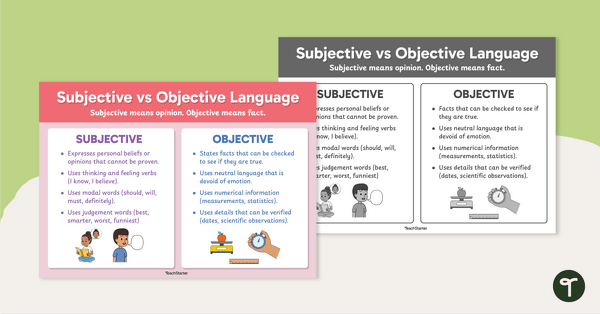
Subjective Language vs Objective Language Poster
Display this vibrant subjective language vs objective language poster in your classroom to illustrate the differences between personal opinions and factual statements.
- Plus Plan
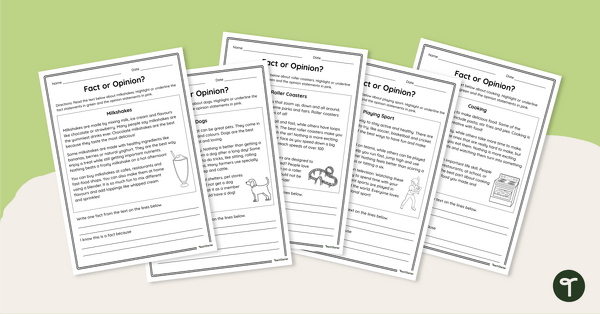
Fact or Opinion Worksheet Pack
Boost critical thinking skills with this fact or opinion worksheet pack featuring five engaging worksheets where students colour-code fact and opinion sentences.
- Plus Plan
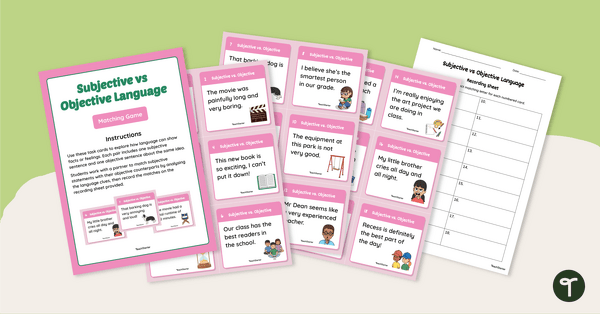
Subjective vs Objective Language Matching Game
Teach subjective vs objective language with this hands-on matching game designed to help students identify facts and feelings in sentences.
- Plus Plan
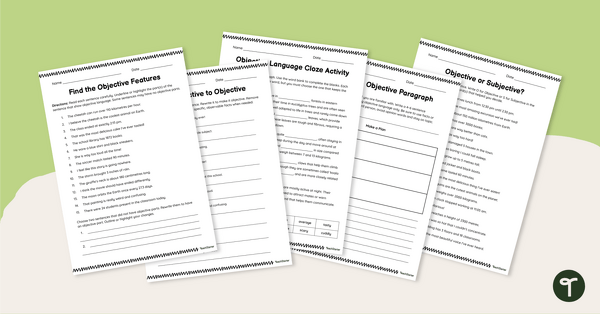
Objective Language Worksheet Pack
Use these objective language worksheets to teach your students about the specific language features found in neutral, factual writing.
- Plus Plan
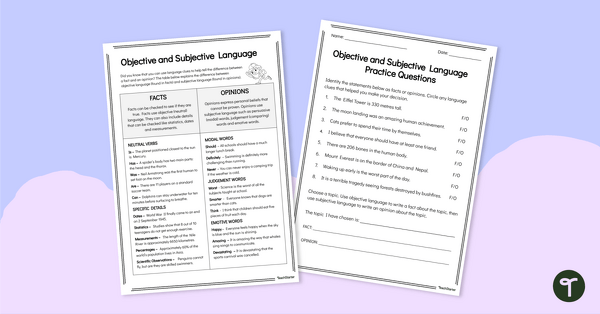
Objective and Subjective Language Worksheet
Use this objective and subjective language worksheet to help students distinguish between facts and opinions.
- Free Plan
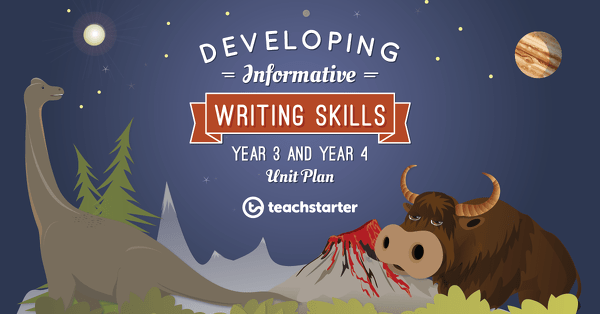
Fact or Opinion?
A 60 minute lesson in which students will identify the difference between a fact and an opinion.
- Plus Plan

Developing Informative Writing Skills Unit Plan - Year 3 and Year 4
This English unit addresses the informative text type; specifically, how to write a well-structured informative text.